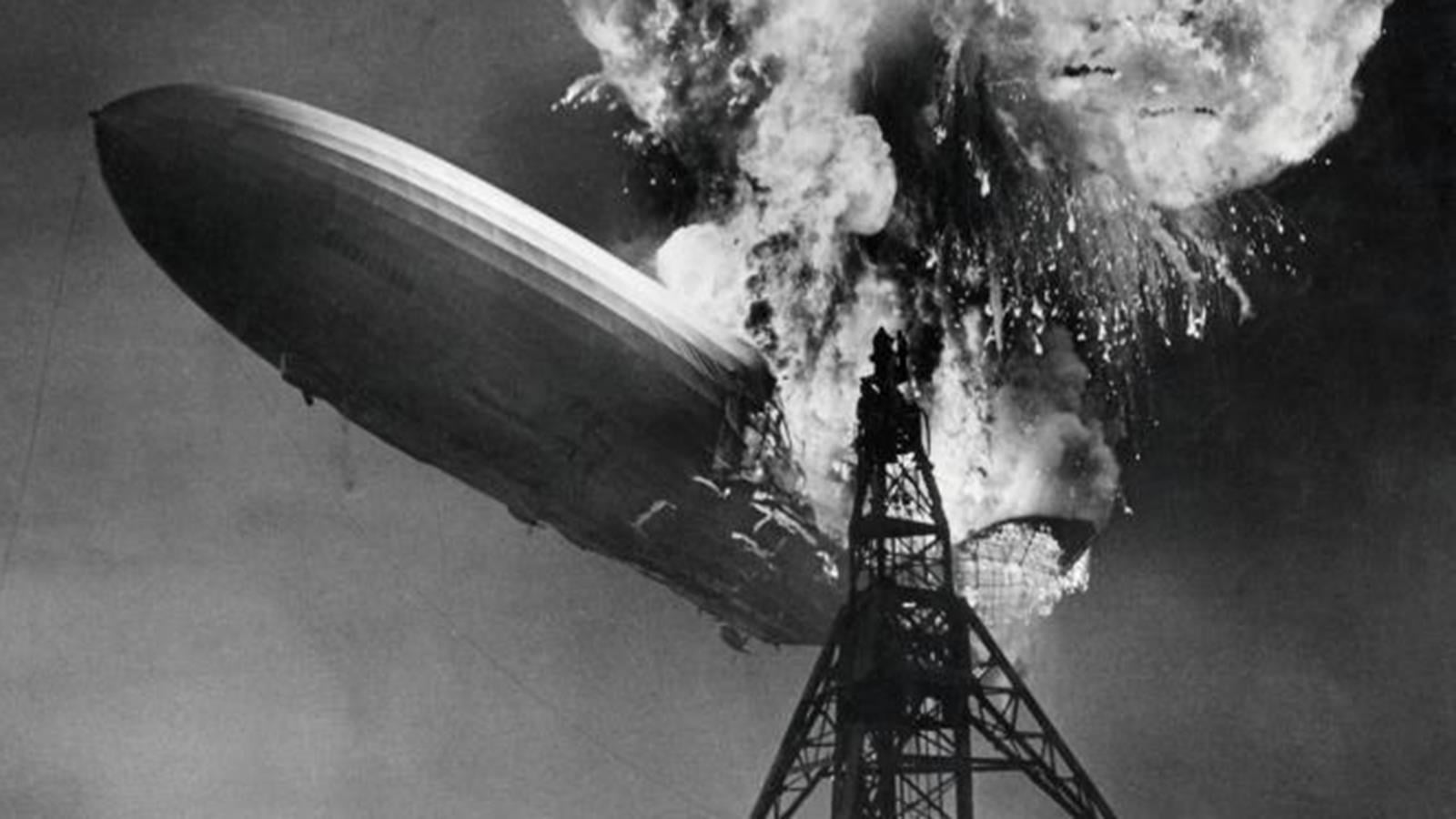Small , light and dangerous
Hydrogen is a clean fuel that, when consumed in a fuel cell, produces only water. Hydrogen can be produced from a variety of domestic resources, such as natural gas, nuclear power, biomass, and renewable power like solar and wind. These qualities make it an attractive fuel option for transportation and electricity generation applications and much research is being carried out into how it can be effectively used to reduce the issues of greenhouse gas emissions from carbon based fuels.
Hydrogen offers several key benefits that increase its potential to replace fossil fuels. Stored hydrogen, for example, can be used directly as a fuel or to generate electricity. The combustion product of hydrogen is clean, consisting of water and possibly small amounts of nitrogen oxides
The electrolysis of water (H2O) is a simple method of producing hydrogen.
Hydrogen is often produced using natural gas, involving the removal of hydrogen from hydrocarbons at very high temperatures or by electrolysing water (H2O)
The terms blue hydrogen and green hydrogen are also now commonly used when describing the origin of hydrogen. Blue hydrogen is hydrogen produced using natural gas and refinery fuel gas, and where the CO2 that is released during production is captured and stored. Green hydrogen is defined as hydrogen produced via electrolysis using power sourced from renewable sources such as offshore wind farms or solar power
Hydrogen has a strategic importance in the pursuit of a low-emission, environmentally-benign, cleaner and more sustainable energy system. It can be used in cars, in houses, for portable power, and in many more applications.
Hydrogen is the smallest and lightest chemical element in the periodic table and the most abundant element in the universe. Characteristics which made it ideal to use in early balloon and Zeppelins to lift them into the air. At standard temperature and pressure, hydrogen is a colourless, odourless, tasteless, non-toxic, highly combustible gas, with the highest specific energy content of all conventional fuels. It burns very easily and releases a lot of energy. This makes it dangerous as its very small size means it can escape from the tiniest of holes and it is highly explosive and easily ignited, with a lower explosive limit of just 4% by volume.on of burning. The disaster around the Hindenburg is testament to its destructive power.
The SGT H2 is a low cost disposable personal hydrogen monitor which is ideal for providing affordable protection for people working in areas where potential hydrogen leaks can occur.


